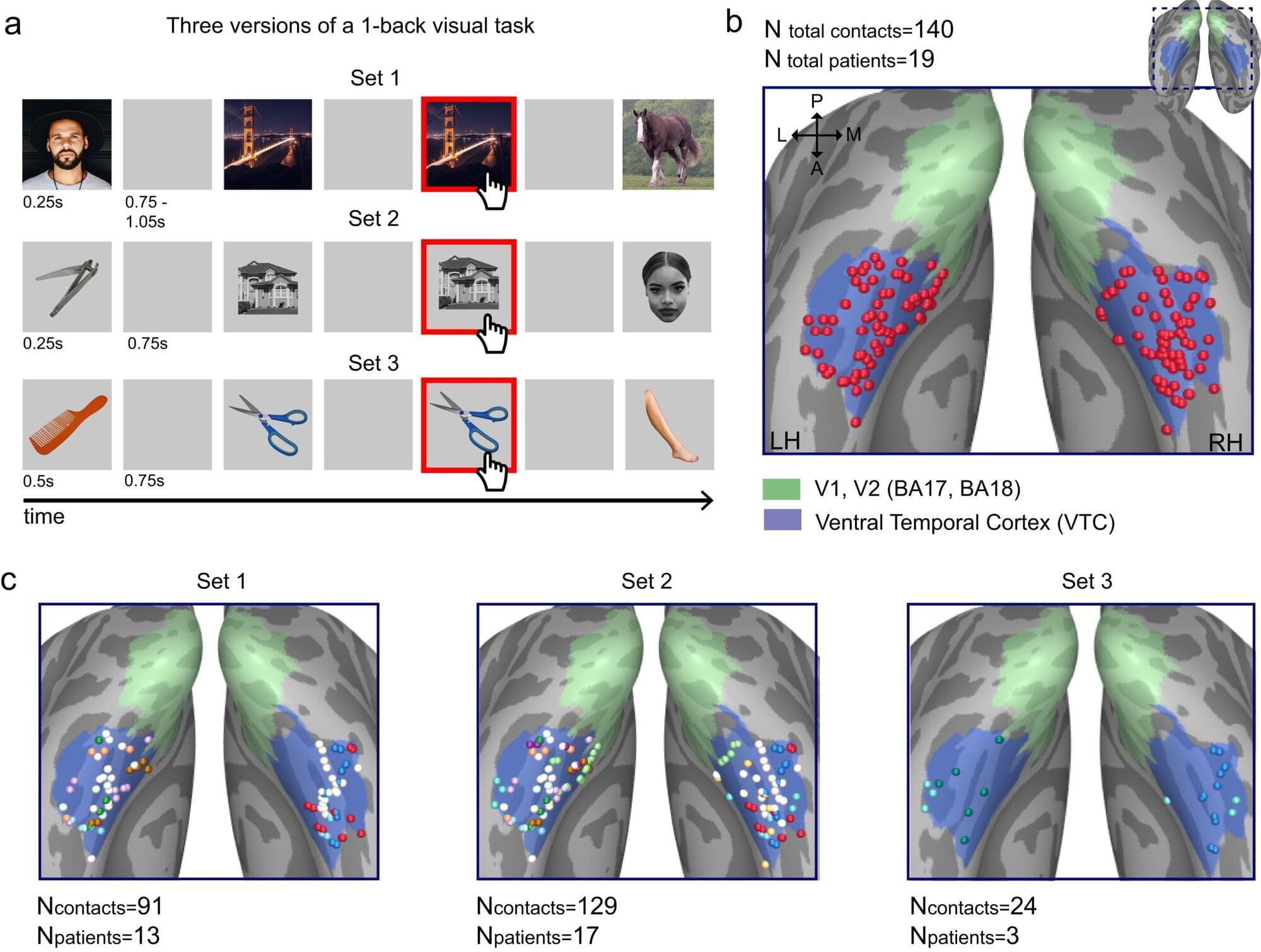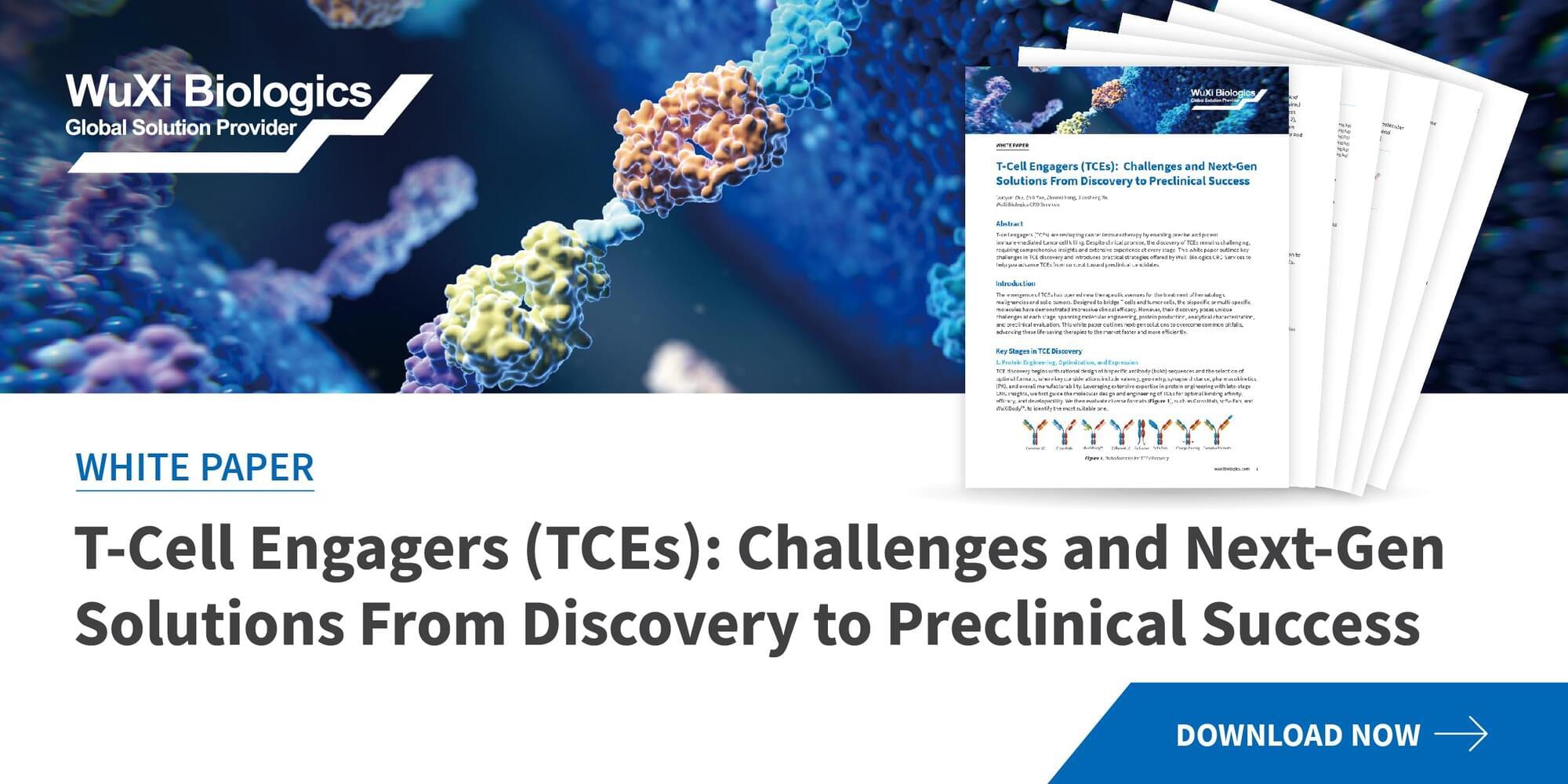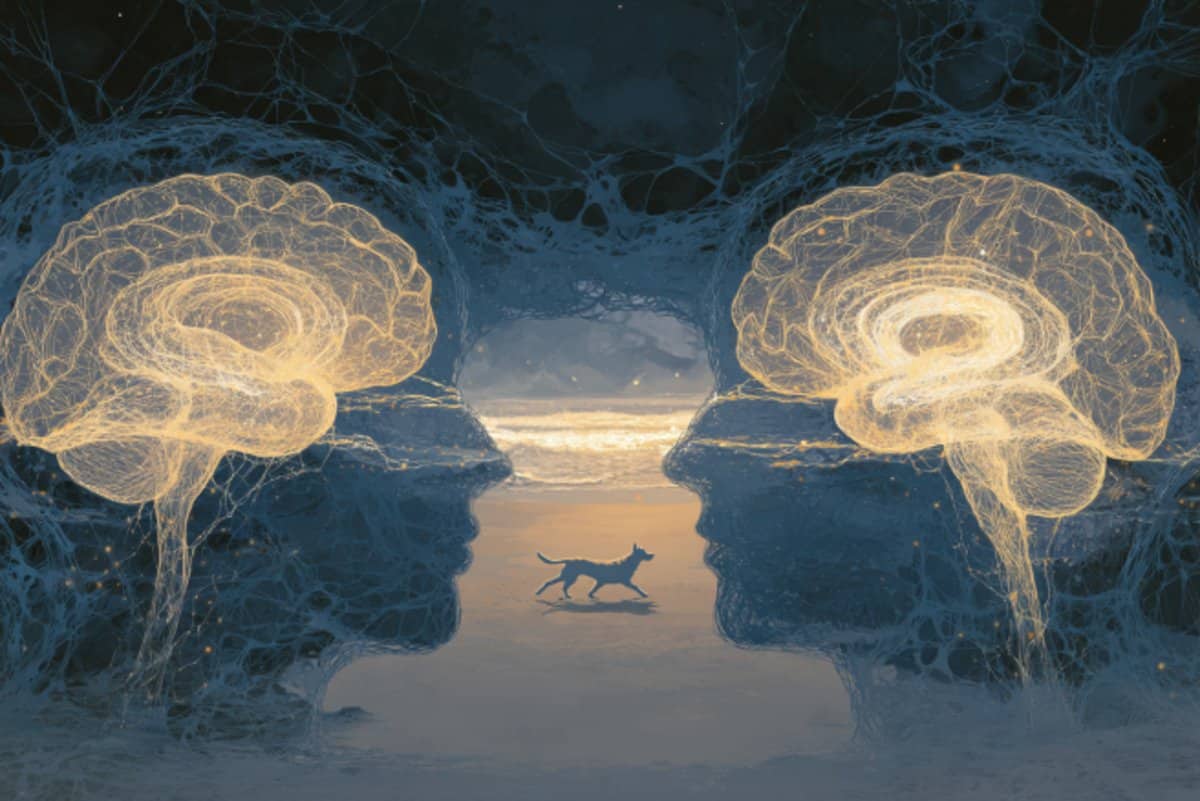How is it that we all see the world in a similar way? Imagine sitting with a friend in a café, both of you looking at a phone screen displaying a dog running along the beach. Although each of our brains is a world unto itself, made up of billions of neurons with completely different connections and unique activity patterns, you would both describe it as: “A dog on the beach.” How can two such different brains lead to the same perception of the world?
A joint research team from Reichman University and the Weizmann Institute of Science investigated how people with differently wired brains can still perceive the world in strikingly similar ways. Every image we see and every sound we hear is encoded in the brain through the activation of tiny processing units called neurons — nerve cells that are ten times smaller than a human hair. The human brain contains 85 billion interconnecting neurons that enable us to experience the world, think, and respond to it.
The question that has intrigued brain researchers for years is how this encoding is performed, and how it is possible for two people to have completely different neural codes, yet, end up with similar perceptions?







